
In Maria Enciso Saxton’s bilingual immersion class at Washington School in Pt. Richmond, California, we first looked at the historic Cabinets of Curiosity from the 11th through 16th Centuries.
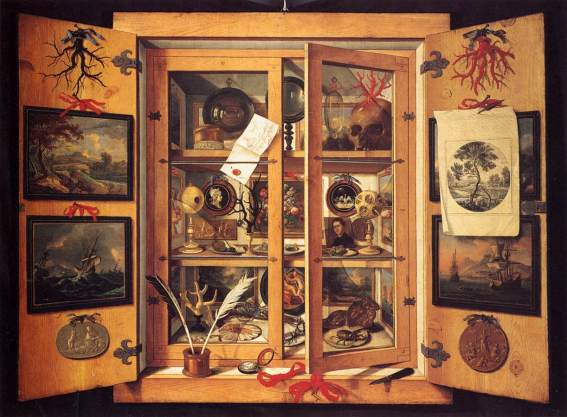
Most Cabinets of Curiosity began as collections of objects by individuals, sometimes stored in specimen boxes or drawers. As visitors marveled over the objects, collectors began to put them on more obvious display in cabinets. Word spread of extraordinary objects and scholars traveled great distances to view these curiosities of nature, art and science. Then various collectors joined together to share their collections—this was the birth of the first museums. Seeing objects of similar type developed the scientific methods of comparing and categorizing, discovering how each thing related to one another. And this led to dispelling myths—like the fact that a twisted horn of ivory came from a Narwhal whale rather than a unicorn!

Scientific method is based on looking very closely at a large number of specimens to notice similarities and differences, to see all the stages in the birth, growth and decay of organic objects, and to discern the inner structure of inorganic substances.

The great historic Cabinets of Curiosity specialized in



Curiosities of the sea: coral, shells, preserved fish


Curiosities of nature: rocks, butterflies, bugs, bones, birds, skulls, leaves
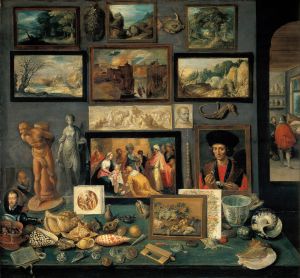
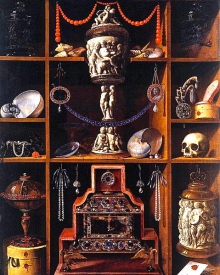
Curiosities of art: paintings, nature drawings, vases, sculptures


Curiosities of weird fascination: anomalies of animal life, strange creatures
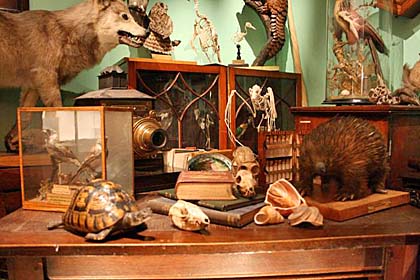
Curiosities of science: brass and glass instruments, test tubes and jars
In our world of miniature laboratories and natural history, we have created a Miniature Cabinet of Curiosité

Like our miniature Laboratory, there is an outer door which hints at what is inside, and the tiny box (2-1/2 x 4 inches) was made by a 90 year old woodworker with loving care, to which I added another door on the other side.

This cabinet is roughly 2-1/2 inches wide.
Here are some details of what is inside…

And a miniature display of butterflies—these are half the size of a penny!
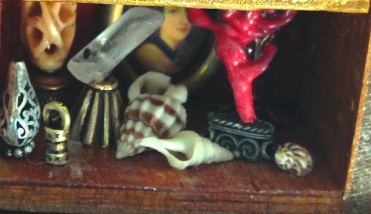
The lowest shelf has a crystal and shells, a coral made from wire and painted to resemble miniature coral, and various vases made from parts of silver and glass beads. In back is an ivory picture, and a special vase made of bone.
 There middle shelf holds a miniature globe, and an armillary sphere, a miniature scull, a glass bottle, a sculpture of a hand, and a pewter sculpture, along with several miniature shells.
There middle shelf holds a miniature globe, and an armillary sphere, a miniature scull, a glass bottle, a sculpture of a hand, and a pewter sculpture, along with several miniature shells.

The top shelf has another pewter globe, and scientific device, a tiny nude sculpture, a shell sclpture, a glass bottle, and small brass vials and shells.
And below are some of the objects that didn’t make it into this cabinet, but will no doubt come into play in the future ones!
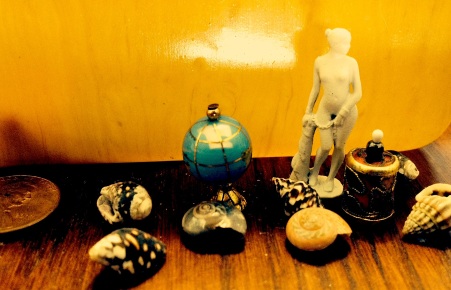
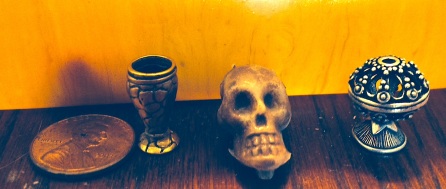
There are tiny globes made of beads and necklace parts, tiny sculptures, vases made from beads and armillary spheres—and skull beads that look fairly convincing!
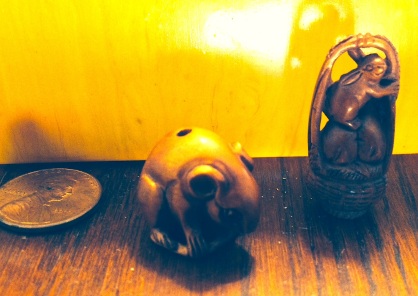

Netsuke beads, here of a mouse and a rabbit, are perfect scale, as well as these bone and brass beads

Here is another armillary sphere, a display of real coral made from coral beads, and another bead globe

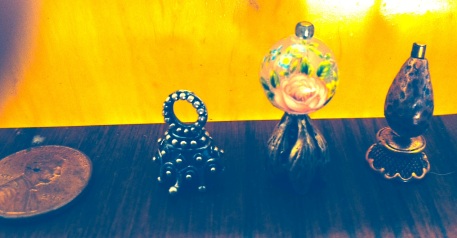
All thse vases can be made from bead parts at the bead store.

Bead vases and a crystal ball
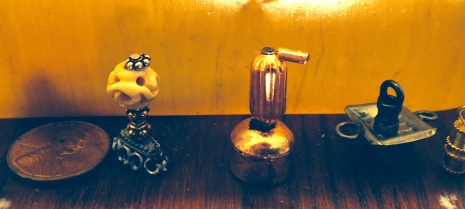
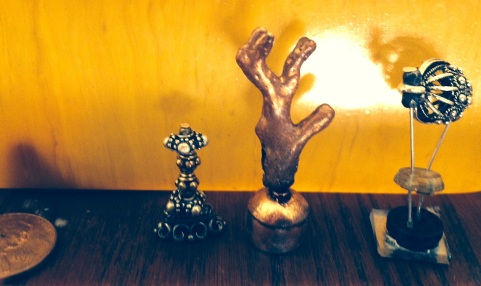
Beads can look like interesting scientific instruments from another time—and here is a brass version of coral.

A miniature compass on a silver bead stand, and miniature test tubes using bugle beads and a copper fitting. Please send photos to us if you have made your own Cabinet of Curiosité!




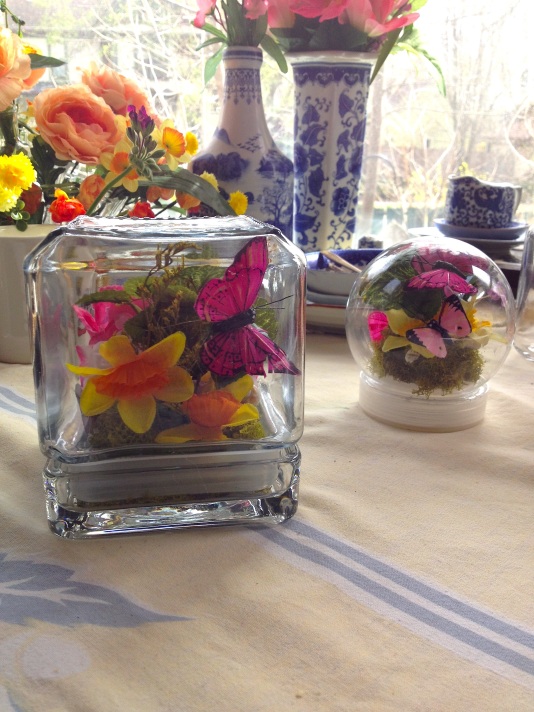


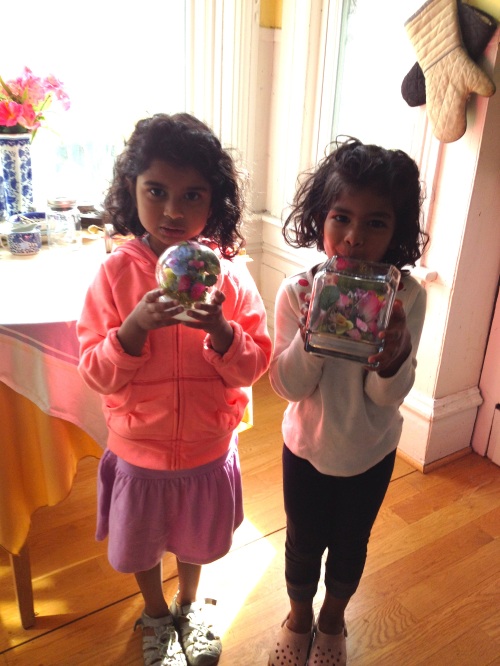

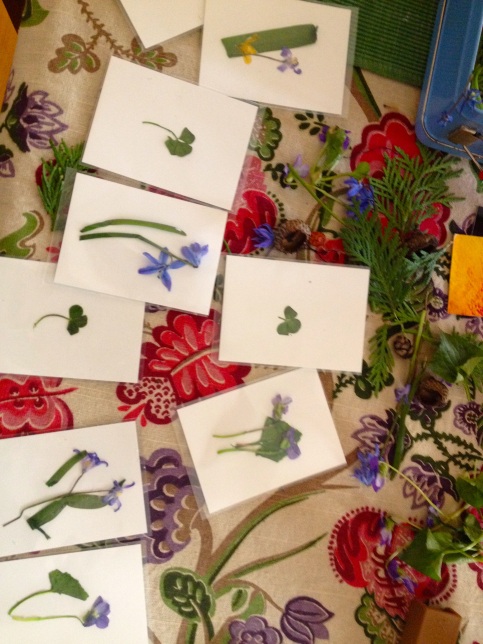








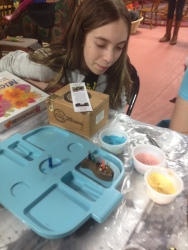

 Here’s Angie helping a young artist..
Here’s Angie helping a young artist..






 Five girls came to visit the Miniature Museum and Laboratory Today – Nora, Alice, Willa, May and Stella with Moms, Katie Roche and Kelly Smith, who also brought Iris, Willa’s little sister. We did some walking around the miniature Museum with tiny shoes on little fingers.
Five girls came to visit the Miniature Museum and Laboratory Today – Nora, Alice, Willa, May and Stella with Moms, Katie Roche and Kelly Smith, who also brought Iris, Willa’s little sister. We did some walking around the miniature Museum with tiny shoes on little fingers.

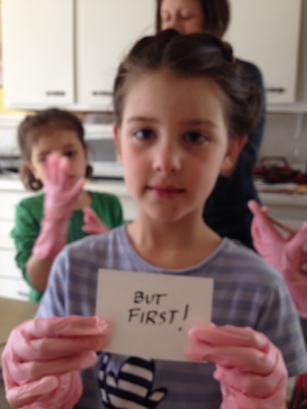
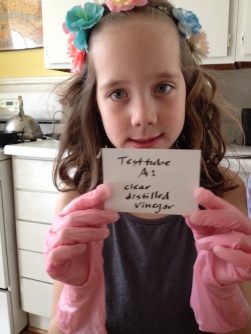
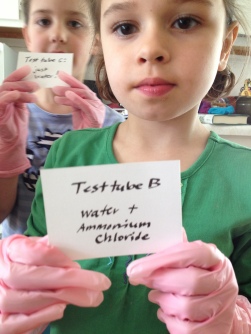

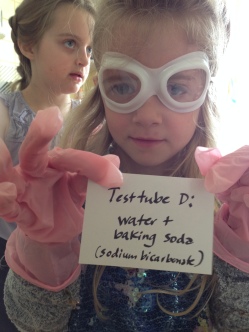



































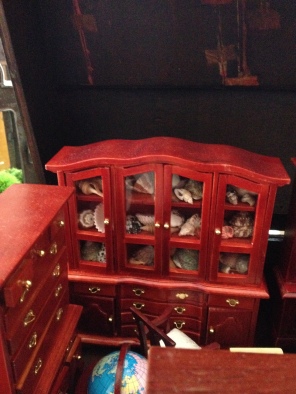




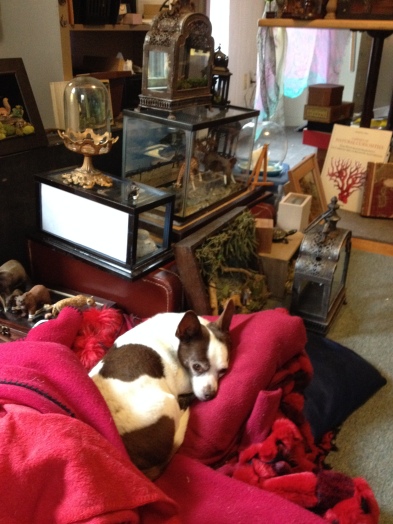











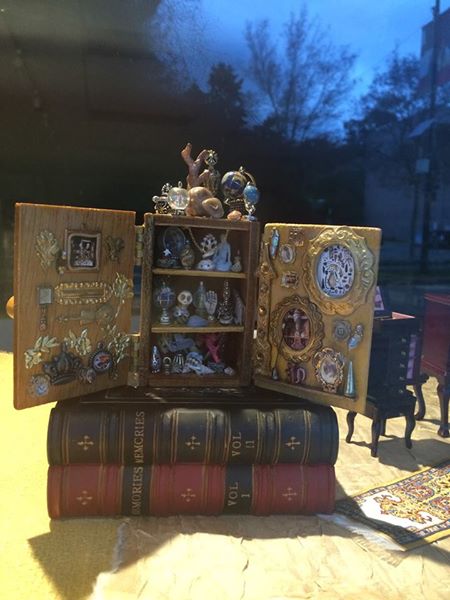







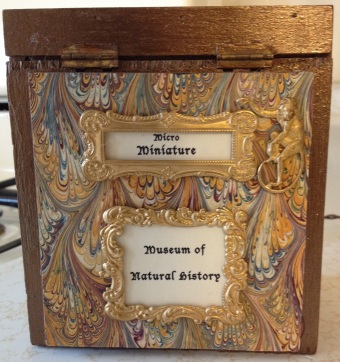


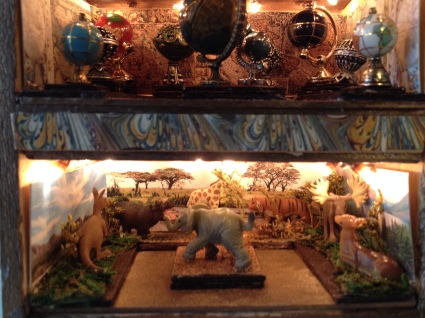
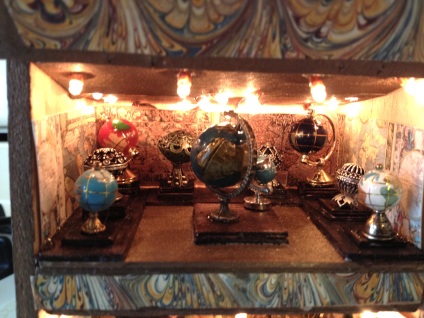








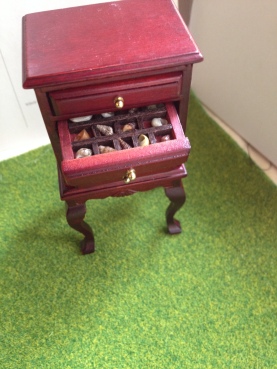




















































Recent Comments